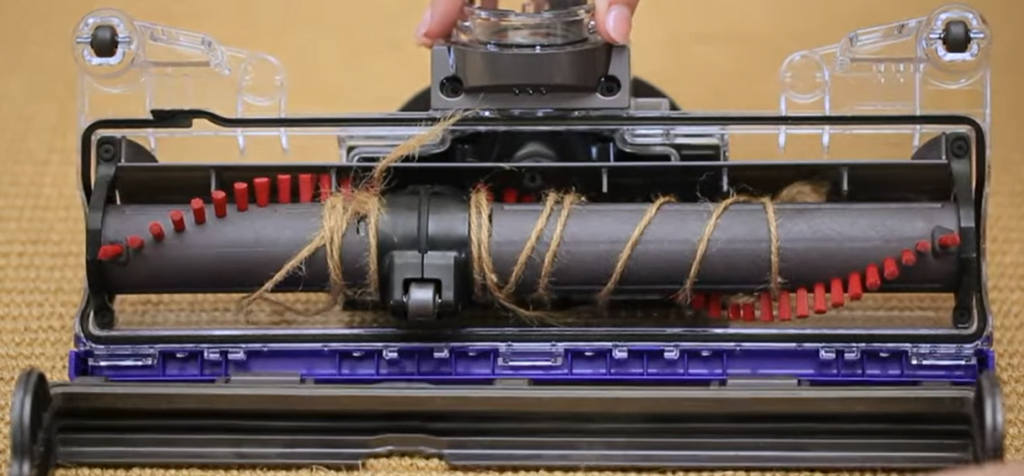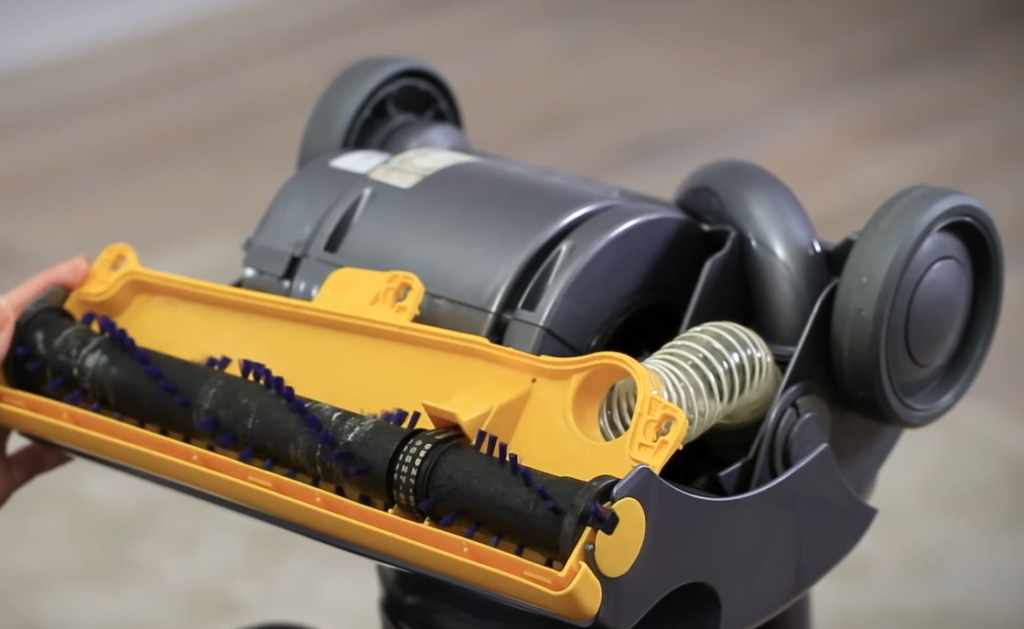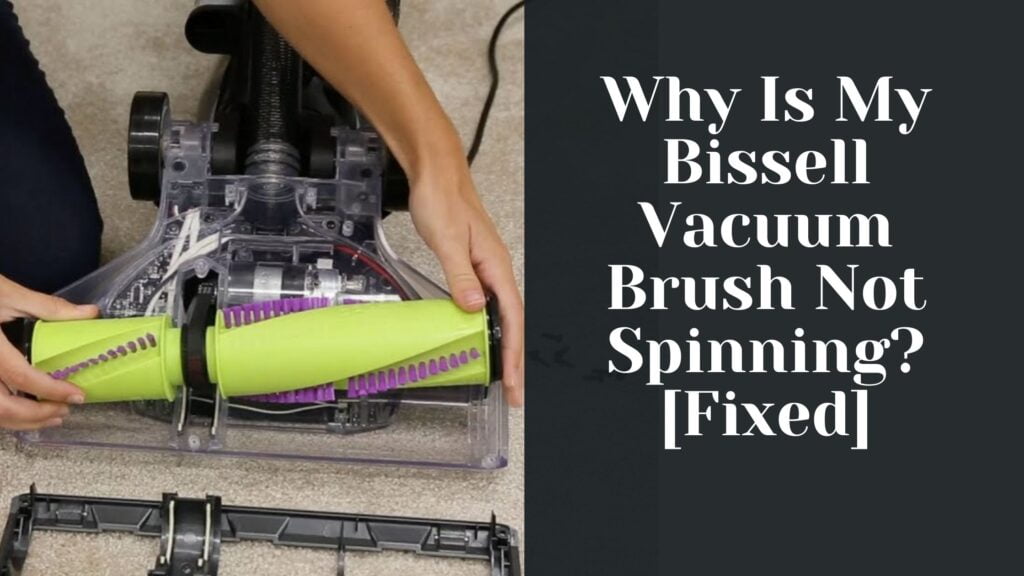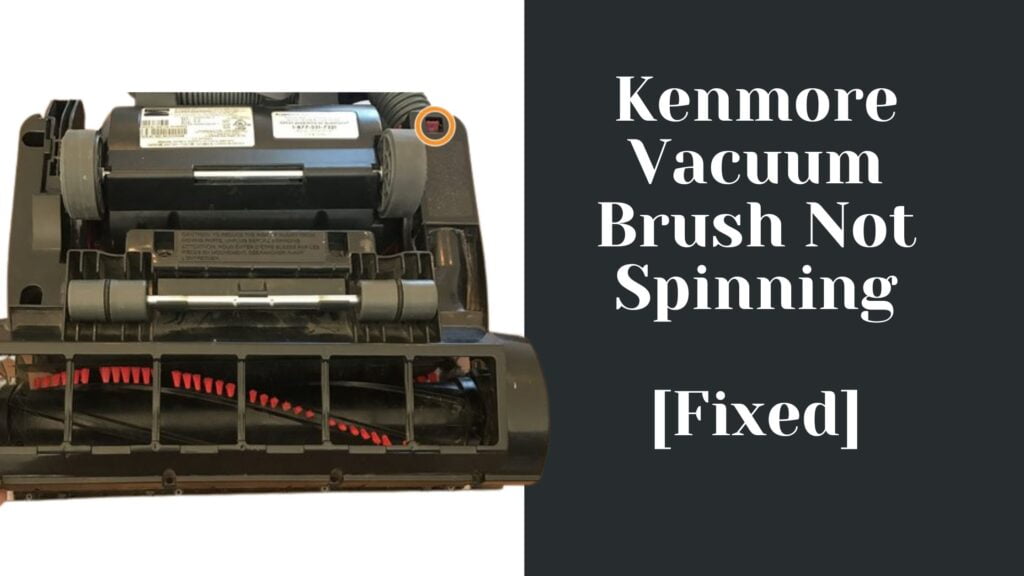Dyson is currently one of the most renowned vacuum brands in the USA.
But even the best vacuums can malfunction at times, including having overheating issues.
If your Dyson vacuum is overheating, there are a few things you can try to fix the problem.
In this post you will learn:
- Why your Dyson vacuum is overheating
- How to fix a Dyson vacuum that overheats
- And more!
Why Is My Dyson Vacuum Overheating?
Overheating may be caused by a blockage in your Dyson vacuum, such as a full dust bin, clogged hose, or debris stuck in the brush roll. It can also be caused by dirty filters, a broken belt or electrical issues. The temperature limiter switch of an overheated Dyson vacuum will normally shut the machine off to prevent further damage.
How Do You Fix a Dyson Vacuum That Overheats?
For safety reasons, make sure you do the following prior to fixing your Dyson vacuum overheating issue:
- Turn off your vacuum
- Unplug it
- Let it cool down for at least 30 minutes.
Dyson vacuum cleaners feature a thermal cut-off device that kicks in and shuts off the vacuum if its temperature goes over the safe threshold. This will cause your Dyson vacuum to stop working.
An overheating Dyson may even begin to smell like burning.
In addition, some Dyson models, such as the DC44, feature a green light that blinks intermittently to indicate that your Dyson is overheating:
Thermal limit switches can easily break if not taken care of, so make sure you promptly fix whatever is causing your Dyson vacuum to overheat.
Once your Dyson vacuum has cooled down for 30 minutes, follow the steps below:
1. Empty The Dust Bin
All modern Dyson vacuums are bagless, making it easier for users to see when the dust bin is full and needs emptying.
Obvious initial signs of a full dust bin include:
- Loss of suction power
- Debris being left behind as you vacuum
I recommend you empty the canister after each use or when it gets ¾ full.
Vacuuming with a completely full dust bin will cause suction issues or even overheating.
Some Dysons, such as the Cyclone V10 feature a “max” line on the dust bin which shows at what point the bin is too full:
2. Remove Clogs
Clogs can form both within the vacuum head/brush roll and in the hose/wand of your Dyson vacuum:
To remove clogged debris in the vacuum head:
Floor heads mainly get clogged due to long hair wrapping around the brush roll.
When your Dyson vacuum brush is not spinning freely, it will put a strain on the vacuum motor, causing the machine to overheat.

Follow the steps below to clean the vacuum head/brush roll:
- Detach the head from the rest of the vacuum
- Flip it upside down
- Remove the plastic lid on the bottom of the brush head or the cap on its side (depending on the model)
- Take the brush roll out
- Use your hands or grab a pair of scissors to remove the hair wrapped around the roller brush
- Wash the brush with warm water
- Let the brush air dry
- Re-install the roller brush and the plate, ensuring that everything clicks correctly into place
Here is a video from Unsharpen on how to clean a Dyson brush roller:
To remove a blockage from your Dyson hose or extension wand:
- Detach the hose/extension wand from your Dyson vacuum
- Grab a long object, such as a broom handle, to dislodge any clogs present.
You may also want to wash the hose every couple of months or so:
- Fill the sink with enough water to completely submerge the hose
- Add dish soap or mild detergent
- Let the water run through the hose
- Use a cloth to clean the outer part of the hose
- Let the hose dry completely before re-attaching it to your Dyson vacuum cleaner
Here is a video from HooverLux Restorations that shows how to wash a vacuum hose:
3. Wash/Replace Filters
Dyson vacuum cleaners come with 1 or 2 filters, depending on the model you own.
For example, in a Dyson Ball Animal 2 vacuum you will find:
- A pre-filter
- A post filter
While the Dyson V8 and V10 only have one filter.
Check your user manual to locate all the filters and ensure you wash all of them or replace them when it is time.

Clogged filters can easily cause your Dyson to overheat, so wash them when necessary by rinsing them with warm water.
Let them dry thoroughly before installing them back into your vacuum.
Dyson recommends washing the filters at least once a month.
On average, you may also want to change your Dyson vacuum filters every 12 months.
Check this video to learn how to clean a Dyson V8 filter:
Check this video to learn how to clean a Dyson V10 filter:
Check this video to learn how to clean a Dyson Small Ball filter:
4. Inspect The Belt
Dyson vacuum belts enable the brush roller to spin and collect debris on carpets.
A broken belt can result in strain on the motor, causing your Dyson vacuum to overheat.
Generally, a belt would break due to large debris clogging the brush which would put too much resistance on the belt.
Check your Dyson manual to see where your vacuum belt is located.
Inspect the belt and replace if needed, ensuring you purchase the correct belt for your machine.

5. Inspect The Power Cord
Another possible reason why your Dyson vacuum is overheating is a damaged power cord.
Inspect the power cord for loose wires or cracks and stop using your Dyson vacuum cleaner if you see any damage.

If you’re confident with your DIY skills, replace the power cord before you start using your Dyson vacuum again.
Otherwise, I recommend you let an expert do it for you 🙂
Here is a video from Woopnik showing how to replace a Dyson DC65 power cord, which you should be able to follow for all models:
6. Clean/Replace The Cooling Fan
A dirty or broken cooling fan will make it difficult for the excessive heat to be expelled out of your Dyson vacuum.
Check the owner’s manual to locate your Dyson vacuum fan.
If the fan is too dirty, clean it thoroughly to remove as much dust as you can.
If the fan appears to be broken, replace it by following your Dyson user manual, or contact Dyson or a professional to help.
7. Contact a Professional To Inspect The Motor
Unfortunately, replacing a broken motor can be challenging for some and even dangerous if you do not know what you are doing.
For this reason, I recommend you contact a professional, so that they can inspect your Dyson vacuum and determine whether the motor needs to be replaced.
Before taking your Dyson vacuum to an independent professional, you may want to check the date you purchased your machine, as it may still be under warranty.
Dyson offer the following warranties:
- 2-year warranty for cordless vacuums
- 5-year warranty for corded vacuums
The warranty covers the following:
- Parts – Includes batteries and select parts for the same length of time as your machine
- Repair – If something goes wrong, Dyson will collect your machine free of charge and repair it. Alternatively, you can drop your vacuum off at one of the available Dyson Service Centers.
- Replace – If Dyson cannot repair your machine, they will replace it.
Contact Dyson to see if they can fix/replace your vacuum cleaner.
Conclusion
Knowing what to do when your Dyson vacuum cleaner overheats can potentially save you hundreds of dollars!
Make sure you act quickly and go through the steps mentioned above.
To recap:
- Empty the dust bin
- Remove clogs from the hose and brush roll
- Clean or replace your filters
- Inspect the belt and replace it if needed
- Replace the power cord
- Clean or replace the cooling fan
- Call Dyson or an independent professional




















